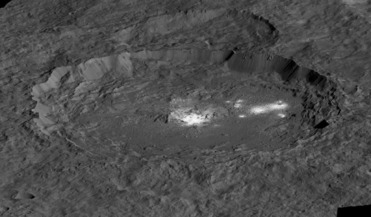 13 December 2017
Bright spots suggest Ceres is surprisingly active
13 December 2017
Bright spots suggest Ceres is surprisingly active
... of material includes the most prominent bright areas found on the crater floors on Ceres and one of the most iconic examples is in Occator Crater. In the centre of the crater, is a region known as Cerealia Facula, which consists of bright material...
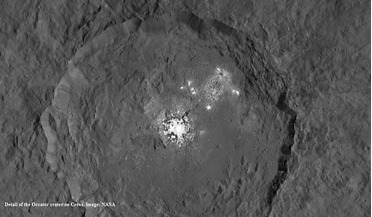 10 September 2015
Ceres Occator crater: bright spots as you’ve never seen them before
10 September 2015
Ceres Occator crater: bright spots as you’ve never seen them before
... Dawn mission, show its in greatest detail yet. Detailed images of the Occator crater on Ceres, which contains the bright spots, as well as oblique views of the crater and animations, have been released to the public. Widespread speculation as to why...
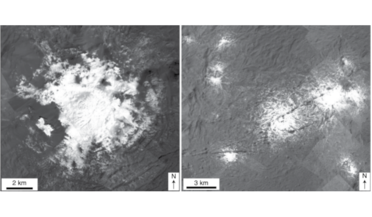 10 August 2020
Salty dwarf planet Ceres could be hiding an ocean
10 August 2020
Salty dwarf planet Ceres could be hiding an ocean
... deep. Using new high-resolution gravity data and imaging from Dawn to model the region surrounding Occator crater, Raymond, who is based at NASA’s Jet Propulsion Laboratory, found that there is evidence to support an extensive brine reservoir...
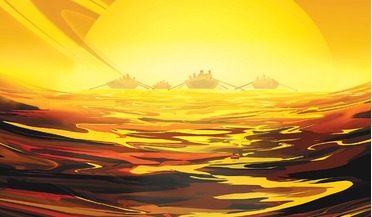 March 2016
Searching for water in the Solar System
March 2016
Searching for water in the Solar System
...structure). Another series of results suggest the presence of hydrated salts in the famous bright spots of the Occator crater. These observations suggest an abundance of water in Ceres readily accessible to future explorers. Other objects in the main...
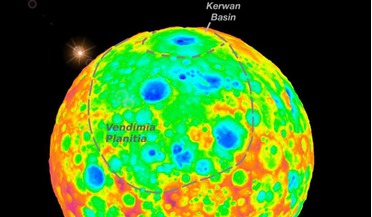 27 July 2016
Where did Ceres' craters go?
27 July 2016
Where did Ceres' craters go?
... we do see evidence of cryovolcanism – icy volcanism – in the bright spots found scattered over Ceres, especially in Occator Crater." Cryovolcanism is not too dissimilar to the usual type of volcanism found on Earth, only at much lower temperatures...
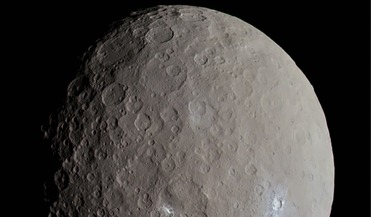 November 2021
Megasatellite habitat at Ceres
November 2021
Megasatellite habitat at Ceres
... is composed of structural steel and one percent is air. This representation of Ceres’ Occator Crater in false colour shows differences in the surface composition. Occator measures about 90 km (60 miles) wide. When mining Ceres, it is intended that...